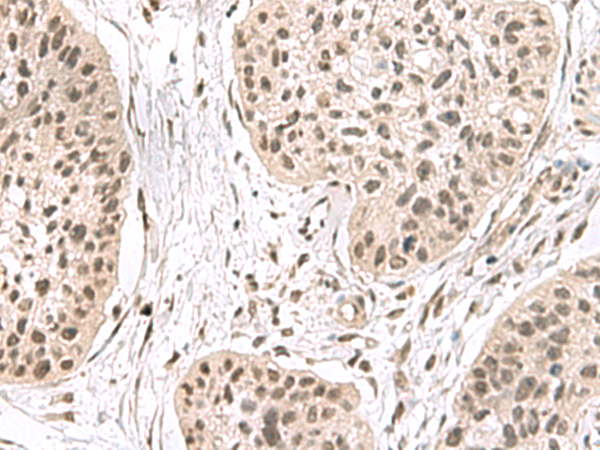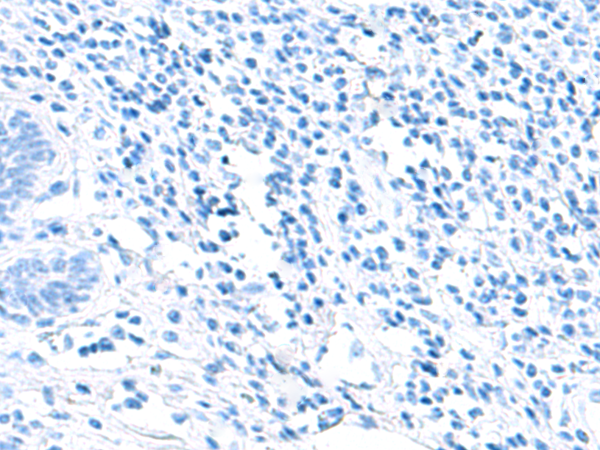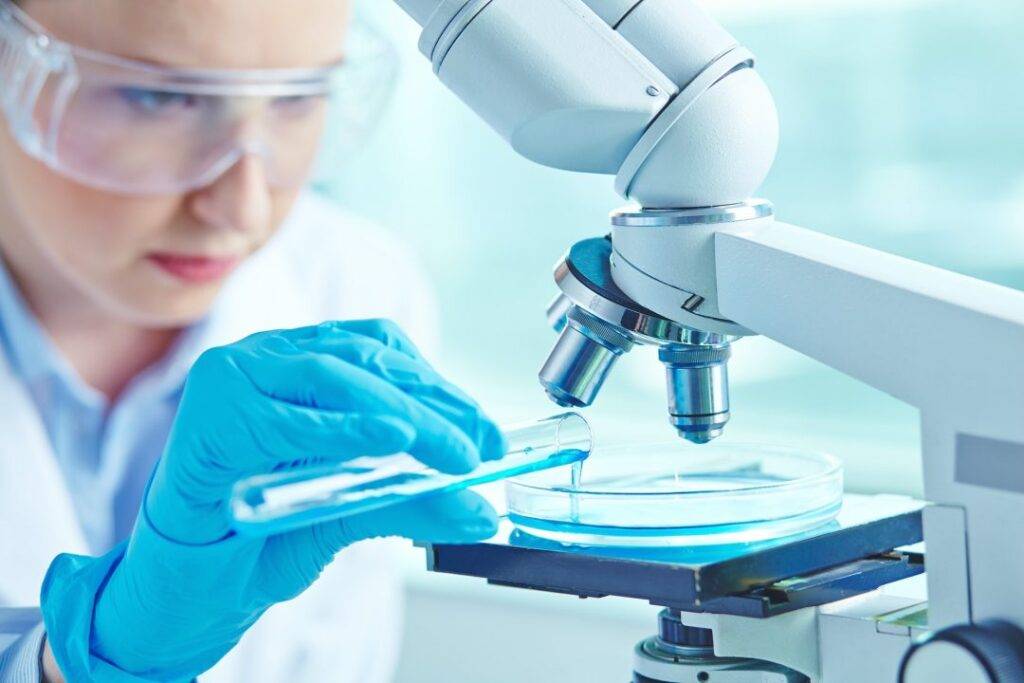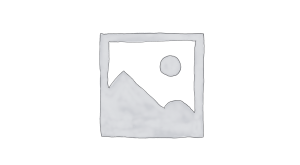| 货号: S212881 |
| 产品全名: ERH 兔多抗 |
| 基因符号 DROER |
| UNIPROT ID: P84090 (Gene Accession – BC014301 ) |
| 背景: ERH (enhancer of rudimentary homolog), also known as DROER, is a 104 amino acid transcriptional coregulator that is ubiquitously expressed and highly conserved among eukaryotes. ERH may play a role in cell cycle regulation and pyrimidine biosynthesis. ERH represses the function of the coactivator PCBD, preventing it from enhancing the activity of the tissue-specific transcription factor HNF-1 (hepatocyte nuclear factor-1). HNF-1 is a homeodomain transcription factor that binds DNA as a dimer and the HNF-1/DNA complex is stabilized by PCBD. By repressing PCBD, ERH disrupts the stability of the HNF-1/DNA comple,x affecting the expression of multiple genes in the liver. The structure of ERH is characterized by a single domain consisting of three alpha-helices and four beta-strands. ERH has a long flexible loop that is significantly conserved, suggesting that this loop region may be important for the function of ERH. ERH has two casein kinase II phosphorylation sites that are thought to disrupt the ability of ERH to dimerize. |
| 抗原: Fusion protein of human ERH |
| 经过测试的应用: ELISA, IHC |
| 推荐稀释比: IHC: 40-200; ELISA: 5000-10000 |
| 种属反应性: Rabbit |
| 克隆性: Rabbit Polyclonal |
| 亚型: Immunogen-specific rabbit IgG |
| 纯化: Antigen affinity purification |
| 种属反应性: Human, Mouse |
| 成分: PBS (without Mg2+ and Ca2+), pH 7.4, 150 mM NaCl, 0.05% Sodium Azide and 40% glycerol |
| 研究领域: Epigenetics and Nuclear Signaling |
| 储存和运输: Store at -20°C. Avoid repeated freezing and thawing |

Immunohistochemistry analysis of paraffin embedded Human esophagus cancer tissue using 212881(ERH Antibody) at a dilution of 1/55(Nucleus). | 
In comparision with the IHC on the left, the same paraffin-embedded Human esophagus cancer tissue is first treated with the fusion protein and then with 212881(Anti-ERH Antibody) at dilution 1/55. |
|




